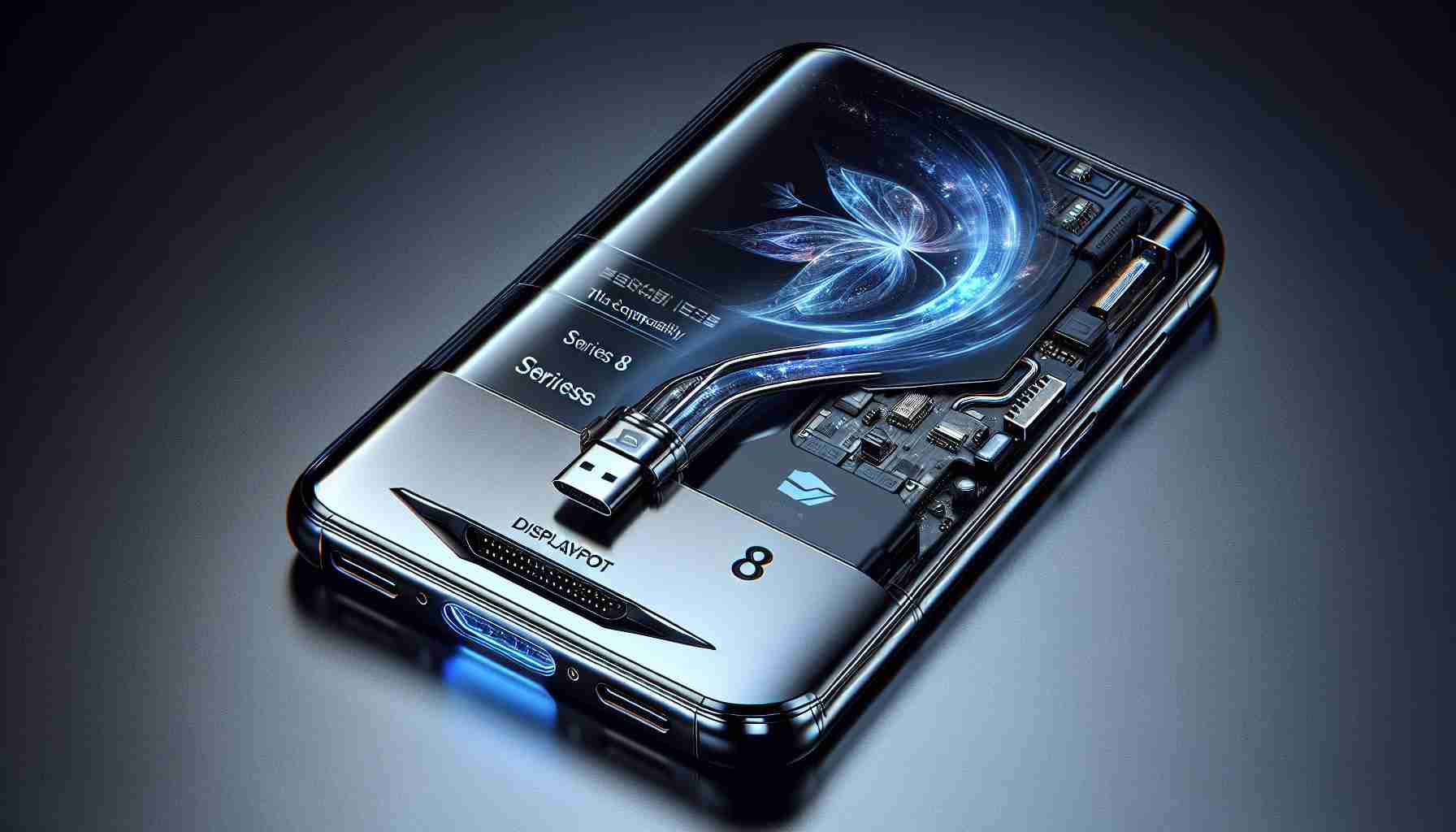The latest update for Android is rolling out, and with it comes a major enhancement for users of the Google Pixel 8 lineup, including the Pixel 8a and Pixel 8 Pro. A long-anticipated feature, namely the DisplayPort Alt Mode, has been added to these devices through their USB-C ports. This new feature allows users to easily connect their Pixel phones to TVs or monitors using a USB-C to DisplayPort connection.
The initial capability of the Pixel 7 phones focuses solely on a simple mirrored display option. Users who connect their phone to a wider screen will find themselves either with a vertically-oriented phone display in the center or, if turned sideways, a display layout that seems more natural. This addition proves to be particularly handy for sharing videos or delivering presentations, although the potential for expanded functionality remains.
The anticipation for an official Android desktop mode continues to simmer in the background. This concept isn’t new to Google, as experiments with a desktop mode date back to Android 7.0 in 2016. While originally deemed just a testing feature, the push for a fully functional Android desktop mode has recently intensified.
Developments in Android 15 show a promising desktop mode, as reported by Android Authority. This mode presents a desktop-like interface, where each app is displayed in a separate window complete with traditional title bars, enabling users to resize and move windows freely. This desktop version of Android also allows for handy window tiling by dragging windows to the edge of the screen.
Samsung, a heavyweight in the Android community, has explored this territory with its “DeX” desktop mode. With no official word from Google on whether this desktop feature will become a staple, the current addition of DisplayPort support indicates a step towards greater versatility for Pixel devices. Users can expect this update to be available as part of the June 2024 Android update rollout.
Most Important Questions and Answers
1. What is DisplayPort Alt Mode?
DisplayPort Alt Mode allows a device to transmit a DisplayPort signal through a USB-C connector. This enables compatible devices, like the Google Pixel 8 series, to connect to external displays or monitors using a USB-C to DisplayPort cable.
2. How does the DisplayPort support enhance connectivity for the Google Pixel 8 series?
The addition of DisplayPort support to the Google Pixel 8 series enhances connectivity by enabling these smartphones to connect directly to external monitors and displays, providing a larger viewing experience for various media or productivity tasks.
3. What are the key challenges or controversies?
A key challenge might be ensuring that the DisplayPort feature works seamlessly with a wide range of displays and monitors, as compatibility issues can arise. Another challenge is developer support for Android desktop mode; if developers don’t optimize their apps for this mode, it could hinder its usefulness. There are no specific controversies addressed in the article regarding DisplayPort support.
Advantages and Disadvantages
Advantages:
– The DisplayPort support allows for higher resolution video output and more flexible display management than previous mirroring options.
– It could signal progress towards a fully functional Android desktop mode, enhancing productivity by allowing multitasking with multiple app windows and a desktop-like interface.
– It adds value to the Google Pixel 8 series as a feasible workstation alternative for mobile professionals.
Disadvantages:
– Additional cables or adapters are required to use the DisplayPort functionality.
– The effectiveness of the desktop mode depends on app compatibility and user adaptation, which could limit its immediate impact.
Relevant to the topic is the USB Implementers Forum (USB-IF), the group responsible for the development of USB specifications, including the standards for USB-C and DisplayPort Alt Mode. Their advancements in technology directly influence features like the one introduced in the Google Pixel 8 series.
For more information on the broader context of these technologies and standards, you can visit the official websites for DisplayPort and USB-IF:
DisplayPort
USB Implementers Forum
Remember that potential updates and enhancements in software and hardware can quickly change the landscape. It is always a good idea to keep up to date with official announcements from Google and reports from reliable technology news sources.
